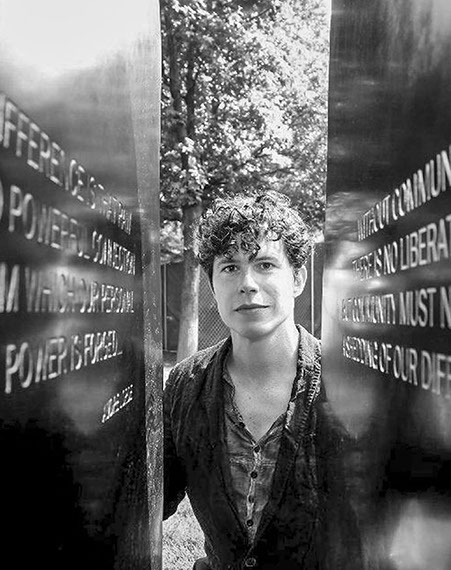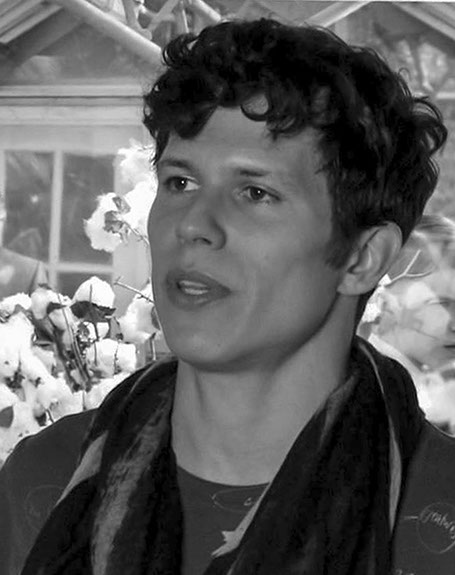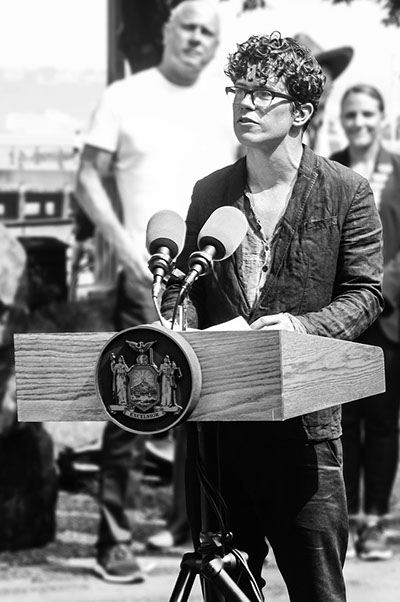ARTIST
ANTHONY GOICOLEA
Brooklyn-based artist Anthony Goicolea was born in 1971 in Atlanta, Georgia, of Cuban parents who immigrated to the United States in 1961. Over the past 20 years Anthony has garnered international attention for his work in photography, painting, drawing and other media. He explores a wide range of themes—personal, social, cultural, historical.
To date, Goicolea’s work has been the subject of four books, and has also been featured in ARTnews, Art in America, Art Forum, the New Yorker, the New York Times, the Los Angeles Times, the Chicago Sun-Times, and the Chicago Tribune, among many others. The artist’s grants and awards include a Cintas Fellowship (2006) and the BMW Photo Paris Award (2005) and the Joan Mitchell Fellowship Foundation. Goicolea holds a B.A. in art history, with a minor in romance languages, and a B.F.A. in drawing and painting—both earned at the University of Georgia, Athens, in 1992 and 1994, respectively. He received an M.F.A. in sculpture and photography from Pratt Institute of Art, New York, in 1997.



More About Anthony
ANTHONY'S VISION
FOR THE MEMORIAL
The memorial is a gathering spot composed of nine large, cast-bronze stones finished to look like rough-hewn granite, a material traditionally used to mark burial sites. These bronzed rocks are arranged in a large circular configuration.
Six of the nine boulders are vertically bisected and separated by a 4 to 6 inch span of prismatic glass. The laminated glass is faceted to match the angular contours of the existing rock and acts as a prism to reflect and refract the changing light that passes over and through each stone. As the light penetrates the angled surface of the glass, it separates into a full color spectrum, and casts subtle rainbow patterns on the surrounding lawn and nearby objects and visitors.
Only six of the boulders house the prismatic glass to mimic the six bands of colors represented in the LGBTQ flag. The seventh stone is patinated to resemble dark, unpolished obsidian granite. It too is bisected vertically, and there is a separation created between the two halves mimicking the separation in the stones that are fitted with engineered glass. However, this stone remains empty. The interior surface is polished to a smooth, inky black and is engraved with an excerpt from poet Audre Lorde. The right side bares the words, “Without community there is no liberation… But community must not mean a shedding of our differences,” and the left stone is engraved with the phrase, “Difference is that raw and powerful connection from which our personal power is forged.”
These interior-facing stanzas encourage people to look beyond the exterior of the weather beaten rock face and focus on the true meaning and beauty contained on the inside. The quote acts as an epitaph for the victims of hate, intolerance and violence. It is the inner voice of the memorial.
The remaining two rocks are left as they are. They are the literal personification of the “sticks and stones” that represent the past. They hint at the tools of oppression and hate, but due to their placement, they complete a communal circle of unification and peace. The circular arrangement recalls images of dolmens like Stonehenge, the megalithic stone circles of Africa, Cairns from Iceland, Scotland and Ireland, pre-Columbian burial mounds, Native American tribal spots, and even park-side campfire settings.
The memorial constantly evolves: As the sun moves through the sky and the seasons change, the light strikes different portions of the glass depending where the viewer is standing. Likewise, the stones record the passing of time as people interact with them. Areas that are climbed on, touched, rubbed or sat upon will burnish over time to reveal a more traditionally smooth bronze surface.
These stone markers are heavy with sorrow and loss but their divided voids are filled with light, color, and hope. The proportions of the rocks act as pedestals, beckoning visitors to sit visit, commune, mourn, love, and remember.
Contact / About